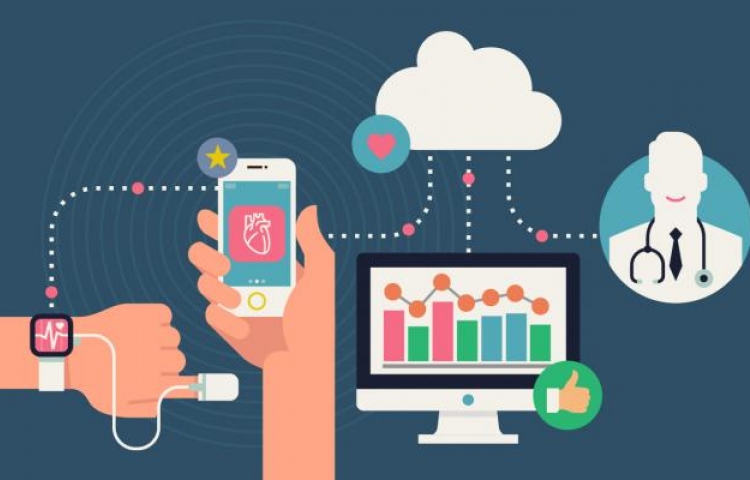
Patient Generated Health Data: EHR Integration via Continua Design Guidelines on FHIR
By: John Sharp, Senior Manager, PCHAlliance
Isn’t there a standard approach to help patient generated health data flow freely and securely?
Patient generated health data (PGHD) is considered key to population health management programs. Pop Health cannot rely on intermittent visits to monitor high risk patients. However, many physicians express concerns about this data and using it to make clinical decisions. How can they trust the data and devices to enable remote monitoring? How can this be automated to make workflow seamless?
Take for example a population health program for Type 2 Diabetes. There is some data to show that the use of Continuous Glucose Meters can improve outcomes. But how can the care team receive secure, reliable data from these devices to effectively monitor glucose control. Or in the case of hypertension, how do we know which device to use that will give the clinical team an accurate picture of blood pressure control. Or in the treatment of sleep apnea, where CPAP machines now can transmit daily results of usage – can we rely on the accuracy of the device and the data transmitted?
The answer to this trust issue is newly updated guidelines, the Continua Design Guidelines, testing and certification. Those devices which are certified transmit data as if you are in a clinical environment - medical grade data for critical clinical decisions.
Here’s how it works. Devices are categorized by five major use cases: diabetes, heart failure, hypertension, COPD and fitness. From these there are 26 protocols (profiles). From all 26 profiles referenced within the Continua Design Guidelines, there are 40 capabilities, and all of this is enables hundreds of possible health, medical and fitness devices (See the Continua Certified Product Showcase).
With this reliable pipeline for clinical grade data, the open standard called FHIR (Fast Healthcare Interoperability Resources) can take the device data and then bring it into the clinical workflow within the EMR. There is no need for a third party integrator or individual contracts or interfaces for each device and EMR. Common programming techniques, such as, RESTful, enable rapid development of data integration into the EMR or population health applications.
With these new Continua Design Guidelines which enable easier integration of patient generated data into EHRs, the ability to support chronic disease management using certified devices has been enhanced. We look forward to reporting successful case studies in the near future.




